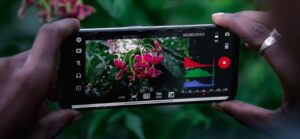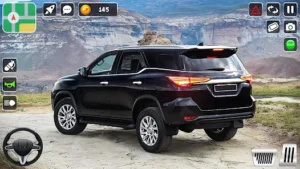Mobile cameras have become a pivotal tool for capturing high-quality images and videos, driving innovation in mobile app development. With advancements in image sensors, signal processing, and computational photography, the boundary between professional cameras and smartphones is quickly shrinking. Electrical engineers play a key role in designing these mobile camera systems, which are now utilized for both personal and professional tasks, including augmented reality (AR), virtual reality (VR), and even medical applications.
From an electrical engineering standpoint, mobile cameras integrate multiple technologies. The essential components include the CMOS image sensor, which captures light and converts it into an electrical signal, and the image signal processor (ISP), responsible for enhancing image quality.
DOWNLOAD NOW :-
App Link
Core Components of Mobile Cameras: Exploring Electrical Engineering Behind the Lens
These sensors, combined with advanced lenses and light-emitting technologies (like flash and optical zoom), allow for clearer, more detailed images even in low-light conditions. Understanding the electrical engineering behind these parts helps developers optimize mobile camera performance in applications.
How Electrical Engineering Powers Advanced Image Processing in Mobile Apps
Electrical engineers are crucial in developing the algorithms that power image processing in mobile apps. Digital Signal Processing (DSP) techniques, for instance, play a vital role in enhancing photo clarity, correcting distortions, and reducing noise. Moreover, modern camera apps employ machine learning algorithms to identify objects, faces, and backgrounds, automatically adjusting settings for the perfect shot. Electrical engineers ensure that these features are energy-efficient and fast, improving the overall user experience by reducing lag and processing time.
Top Mobile Camera Apps Showcasing Electrical Engineering Innovations
Some mobile apps stand out by leveraging electrical engineering principles to enhance their camera functionalities. For example, Google Camera is known for its advanced computational photography, which uses multiple shots to create the best image. ProCam X offers manual controls similar to DSLR cameras, allowing users to adjust ISO, shutter speed, and focus—features driven by sophisticated EE algorithms. VSCO integrates both photo and video editing tools, where electrical engineering plays a major role in processing high-quality filters without degrading image quality. These apps are perfect examples of how engineering innovations are applied to improve user experience.
Conclusion :-
As mobile camera technology continues to evolve, electrical engineering will play an even bigger role. We are seeing developments like multi-lens arrays, LiDAR sensors, and AI-powered imaging that can further revolutionize how mobile apps capture and process visual data. Engineers are also working on quantum dot sensors and photonic chips, which could significantly improve color accuracy and energy efficiency. This will drive the future of mobile cameras in everything from entertainment to professional and industrial applications, setting a new standard for imaging in everyday mobile devices





















